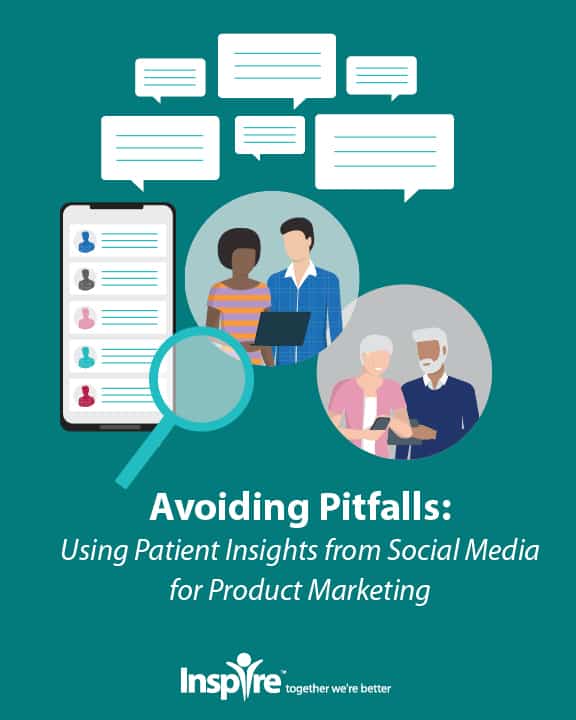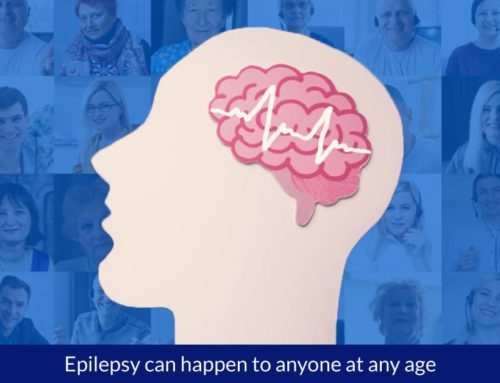Getting the Real Story from Patients

By Kathleen Hoffman, PhD, MSPH
Humans evolved in a storytelling milieu where stories taught and explained the world around us. Our brains carry this legacy, research shows that the brain can store more information and retrieve it more easily when it is in story form. Narrative is easier to understand, is more engaging, and is an effective tool to communicate science to lay individuals.1,2
Personal narratives make science relatable. But mistakes made in the process of capturing a patient narrative can be cumulative. When writing native advertising (sponsored content), copy supporting content marketing efforts, a press release, or healthcare news, if you share a patient’s story, it is important to get it right.
For those who are written about, the subject matter is intensely personal. Inspire members commenting on an article titled “Those diagnosed with sarcoidosis usually don’t need treatment,” shared their experiences with interviews.
On occasions when I have been interviewed by journalists for different reasons, what I say and what they print are entirely different.
Obviously, this is not what most writers covering health and scientific topics want to convey. Other patients have had excellent experiences. One patient shared an article written about his health journey. Members’ responses included,
We need more people to have an understanding of how many of us there are and what our lives are like.
Another replied,
Excellent article to spread needed awareness, [name]! Thanks for stepping up to be interviewed.
After Katherine Leon, patient advocate and Inspire member, attended the Association of Health Care Journalists 2012 conference, she wrote
We empowered patients work for everyone – for ourselves, our doctors, our families, the future, even for the benefit of strangers. And, we work for free. If you as a journalist want to learn, we’ll teach you. If you want contacts, we’ll make the call. Want to see a medical device? Check out one of ours. Sternotomy scar? Step right up. Everything a patient has to share, be it knowledge or hardware, can make a difference for someone, somehow.3
Patients who agree to be involved in stories do so because they want to share and make a difference.
Here are some tips for writers.
Be prepared to explain to the patient:
- Why the story is being written
- Who the audience is (scientific community, general public, other patients)
- In what context the article will be placed (what is the publication and who is it for)
- Why you decided to include the patient in the story
Before the interview:
- Conduct preliminary research to understand the patient’s condition and treatment so you can ask specific questions that pertain to the patient
- Provide the questions in writing if possible
During the interview:
- Be crystal clear about what is on the record and what is off the record
- Ask questions that show you know about the patient’s condition and will be able to understand treatment explanations
- Do not ask questions that use the words “death” or “dying” unless there’s prior agreed-upon focus of the article that necessitates their use
- Ask the patient if there’s anything he/she thinks is important that hasn’t been asked
- Promise to follow up with the patient after the story is written — and then do it.4
Patients who agree to an interview are giving a gift to writers. Health care writers who want to present compelling narratives about the patient journey can learn a lot from direct feedback from patients. To be confident that your article, advertising copy or press release, “gets it right,” writers need to speak to patients, share with them what has been written prior to publication, and realize the bravery of the person who speaks their truth to the public.
Inspire offers a trusted community to patients and caregivers. Our goal with this blog, this website and our content is to provide the life science industry access to the true, authentic patient voice. In so doing, we support faithful operationalization of patient-centricity. Take a look at our case studies, eBooks and news outlet coverage.
References
1Dahlstrom, M. (2014). Storytelling in science. Proceedings of the National Academy of Sciences,111(4): 13614-13620; DOI: 10.1073/pnas.1320645111
2 Tsai, R. (2017). Why storytelling builds brands. Patient Pulse. https://corp.inspire.com/blog/patient-stories/why-storytelling-builds-brands/
3Leon, K. (2012). Talk to Us! Health Journalism from a Patient’s Perspective. Center For Health Journalism. https://www.centerforhealthjournalism.org/blogs/2012/05/08/talk-us-health-journalism-patients-perspective
4 Personal communication.






